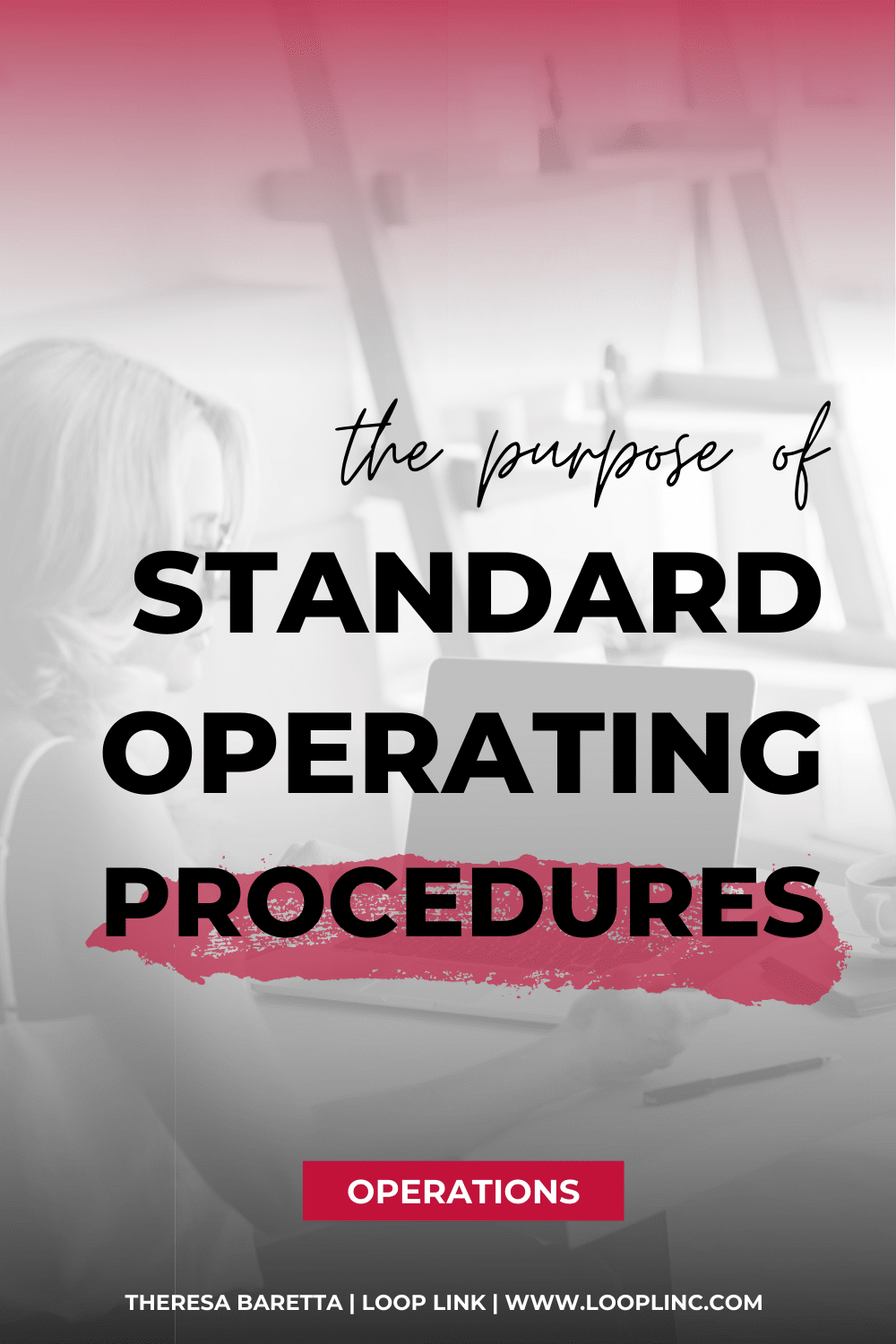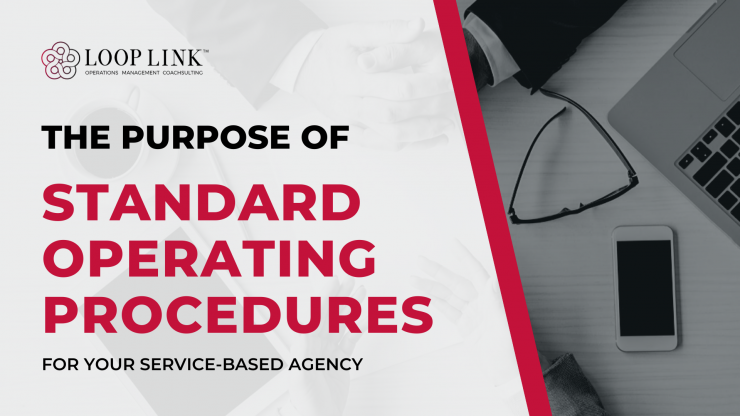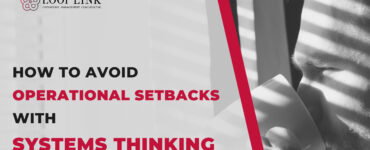Any business owner who has hired a new employee, adopted a new software program, or made adjustments to how specific component of their enterprise functions, knows how crucial operating procedures are to the overall efficiency of a business. This is because the need for standard operating procedures is never more evident than when major changes are occurring within an organization.
I refer to these points of transition as “shifts” and I’ve built my career around helping organizations endure them in a way that minimizes productivity loss and other issues that often arise during times of change.
Throughout my experiences working with business owners, one unequivocal truth has become increasingly apparent— businesses that focus on sustainable shifts (as opposed to fast shifts) are more likely to succeed in the long run.
And in order to execute sustainable shifts, there must be documented standard operating procedures (“SOPs”) in place.
What is a Standard Operating Procedure?

A standard operating procedure (“SOP”) is recorded set of instructions that various team members within an organization can refer to when completing a specific work-related task or process. The purpose of standard operating procedures is three-fold: to establish uniformity across all departments and teams within a business, to maintain consistent quality of work, and to reduce issues that impact productivity or result in failure to meet applicable standards.
I recommend reading my previous blog, Why SOPs are Important to You and Your Business, to learn more about the value of SOPs and the benefits they provide.
How Strong SOPs Can Set You Apart From Your Competitors
As I mentioned above, standard operating procedures are necessary if you want to ensure that shifts within your business are executed in a sustainable way.
Why is Sustainability So Important?
Studies show that companies lose 20 to 30 percent in revenue every year due to process inefficiencies. Yet, despite this, 73 percent of businesses report that they have never (or have rarely) documented guidelines for evaluating the success of their processes.
Now, imagine a professional runner whose goal is to win a 200-meter sprint. He has trained and is in good physical shape, but he regularly eats unhealthy meals. One of his competitors, however, has adopted a strict meal plan that optimizes his glycogen stores (one of the most important energy sources the body requires during exercise). He has stuck to his regime religiously and based his nutritional plan on proven methods that have worked for other professional sprinters. This, of course, is in addition to a training program that is similar to the first runner I mentioned. Who do you think is most likely to cross the finish line first?
Any betting person would place their money on the runner who has followed the strict meal plan.
This analogy can be applied to businesses. Written, strategic plans (like the one the runner used to manage his diet) help us maximize our performance.
Documentation Improves Delivery
The more defined and conclusive your operating procedures are, the less opportunity there is for miscommunication and misunderstanding. Your employees won’t have to waste valuable time asking others for the answers they require to do their job, error corrections will be exponentially faster to implement, and issues will be resolved before a dreaded “domino effect” occurs.
But that’s not all. You’ll also see your share of the market expand, since many of your competitors will be experiencing these setbacks.
Starbucks is a great example of this. They spotted a gap in the coffee market long before other major coffee chains did— the fact that other franchises were struggling to maintain a consistent product quality across multiple locations.
So what did they do? They implemented a mandatory standardized, 20-hour barista training program that covered everything a barista would need to know to craft impeccable beverages (every time), including: how to produce the perfect shot of espresso, how to properly steam milk, and how to calibrate the various machines each location is equipped with. This documented training process is one of the many ways the coffee giant ensures quality and efficiency levels remain the same at all of its 8,800 cafés— a strategy that is working, given the fact that the company is dominating the out-of-home coffee market, owning a market share of 39.8 percent!
How I Help Agencies Produce SOPs That Work
I have partnered with agencies around the globe, streamlining their workflow processes and eliminating interruptions, inconsistencies and surprises in their daily operational activities. In fact, one of my clients went from having $600 in the bank to over $70K consistently after 10 months of working together— results made possible by the magic of SOPs, improved systems, and more efficient productivity tools.
Your Move
Unsure how to implement these solutions within your team?
Are you ready to rise above your competition by harnessing the power of standard operating procedures?
Come over to our Free Exclusive Community where you can find support from other CEOs on the same journey.





